My Guide to Getting all the Blooms in Your Garden
IN THIS ARTICLE YOU WILL FIND…
Yes, deadheading flowering plants can be well worth the time, it is easy, contemplative work, and in the summer can be very useful to extend their blooming period. Gardening in hot, humid weather poses unique challenges with flowering plants.
Deadheading is an essential maintenance practice that removes spent blooms to maximize continuous flowering and improve garden aesthetic.
Here’s why Deadheading is Worthwhile; Put It on Your Daily Chore List:

We like to overlook the garden in the morning with a coffee and a pair of snippers, try it you may find it as restful as it is productive.
- Deadheading Redirects your plant’s energy: It works like this; plants produce flowers to create seeds and reproduce themselves. Once each flowers fades, the plant diverts energy to forming seeds. By removing the spent blooms (deadheading), you essentially trick the plant into focusing its energy on producing new flowers instead of seeds, thus extending the bloom cycle.
- Your goal here is to enjoy your flowers until the growing season ends. You worked hard to plant these blooms, get all of them!
- Deadheading promotes season-long blooming: Many plants, especially annuals and some perennials, will produce a second flush of flowers (or even more) if deadheaded regularly.
- The practice improves plant health and appearance: Removing dead and dying flowers keeps the plant attractive and can also help prevent diseases from forming on decaying plant material.
- Healthy (non-diseased) blooms that you remove in your deadheading process can go right into your compost.
However, it’s important to note these facts:
- Not all plants need deadheading for prolonged blooming: Some varieties are bred to be “self-cleaning,” meaning they shed spent flowers naturally, or flower continuously regardless of seed production.
- Check your “self-cleaning” plants. You will find that some plants are more self-cleaning than others. Newer petunias for example are less sticky and not as damaged by rain, but I find some deadheading helps me keep them lasting longer.
- Certain plants are grown for their seed heads: In these cases, you might choose to leave the spent flowers to allow for seed production (e.g., for the ornamental value of the seed heads or to attract birds).
- Check the plants you buy or the seed packages, some new plant varieties are sterile, this provides more blooms.
- For most gardeners, this is a summer activity, for us in our Zone 10, South Florida garden we will grow flowering plants for all 12 months of the year and we will deadhead accordingly.
In essence, deadheading is a beneficial technique for many summer-blooming plants that can significantly enhance their flowering period and overall health.
Here Is The Best Help For Deadheading
- A comprehensive list of flowering plants that benefit most from deadheading
- Step-by-step techniques for effective deadheading
- Other bloom-extension methods, including fertilization, irrigation, pruning, soil amendments, companion planting, and seasonal succession planting
1) List of Flowering Plants That Require Deadheading
1.1 Annual Flowers
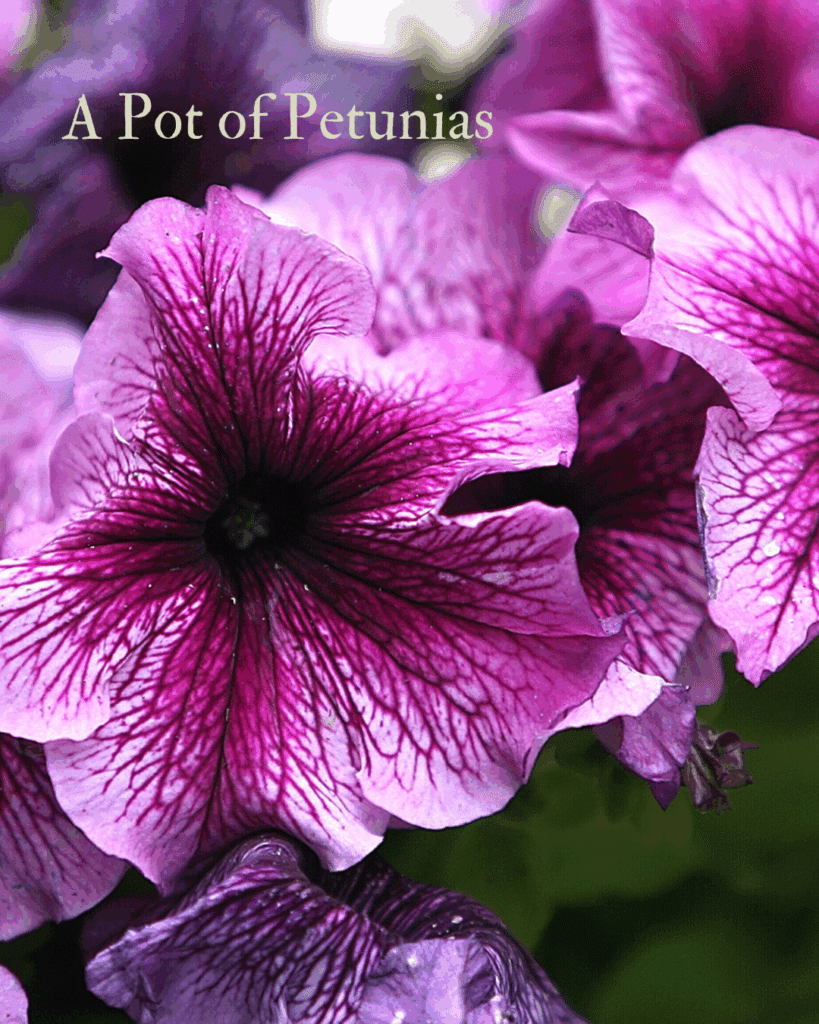
- Cosmos (Cosmos spp.): Remove browning florets to limit volunteer seedlings and extend the bloom season.
- Zinnia (Zinnia elegans): Snip wilting flowers at their base; newer series may self-clean, though deadheading ensures larger blooms.
- Snapdragon (Antirrhinum majus): Pinch off spent spikes to a side branch to prolong flowering and shape the plant.
- Pansy (Viola × wittrockiana): Trim drooping heads to boost repeat blooms without draining plant energy on seed production.
1.2 Perennial Flowers
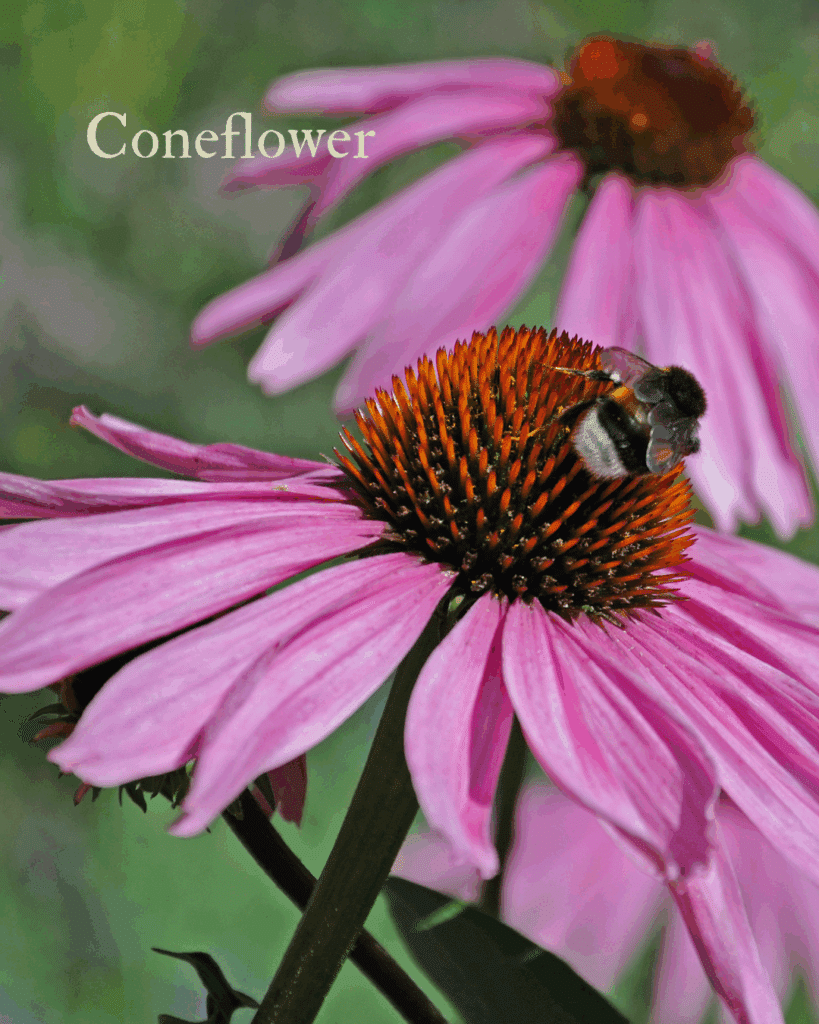
- Purple Coneflower (Echinacea purpurea): Regularly clip spent heads to maintain brightness and prevent volunteer seedlings.
- Salvia (Salvia spp.): Deadhead browning stalks down to a side branch to stimulate new buds, even under drought conditions.
- Shasta Daisy (Leucanthemum × superbum): Snip stems above the next pair of buds; if no buds, shave stems to ½ inch above soil for branching.
- Blanket Flower (Gaillardia spp.): Wear gloves to deadhead wilted heads, extending life and repeating bloom until autumn.
- Fernleaf Yarrow (Achillea filipendulina): Cut stems supporting brown flowers to basal foliage to promote fresh clusters and check self-seeding.
- Dianthus (Dianthus gratianopolitanus): Snip wilting blooms at the stem base to the leafy mound to encourage continuous flowering.
- Delphinium (Delphinium elatum): Remove faded petals and cut spent spikes to the nearest lateral bud for end-of-summer reblooming.
1.3 Flowering Shrubs
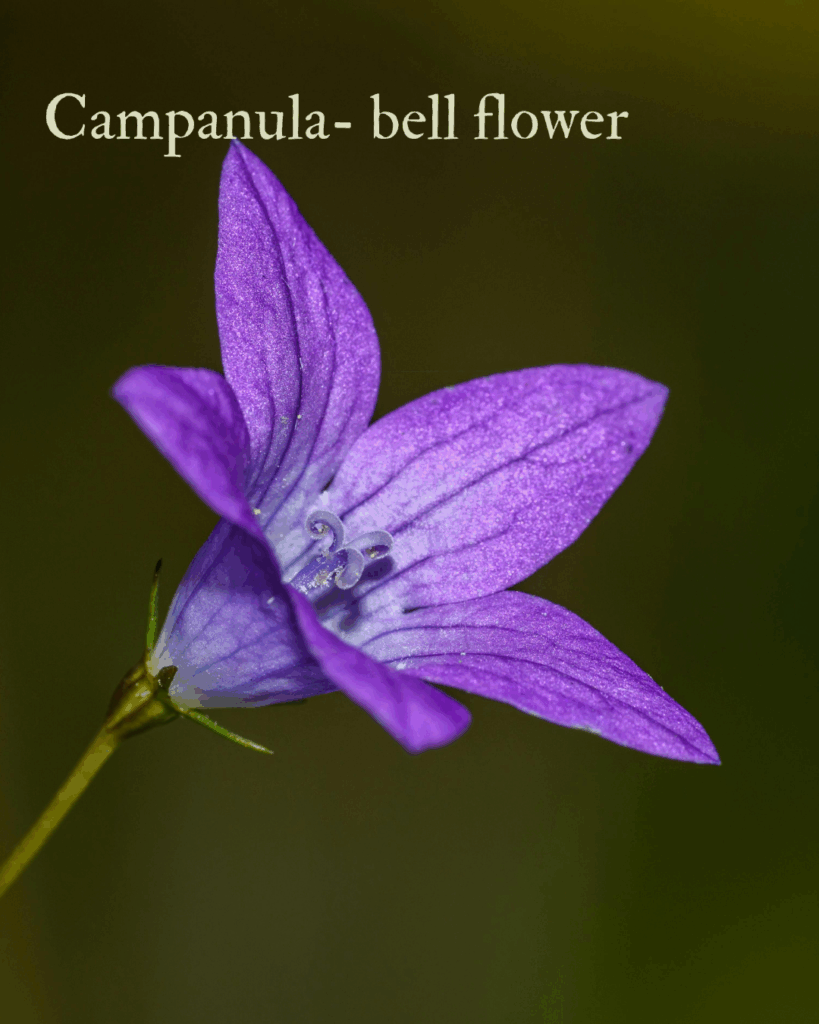
- Repeat-blooming Hydrangea (Hydrangea ‘Endless Summer’ series): Cut spent stalks to the newest bud or largest pair of leaves immediately after the first flush for a late-season cycle.
- Butterfly Weed (Asclepias tuberosa): Lop off flower heads to the nearest leaves to extend tangerine blooms for pollinators; allow final pods for seed saving.
- Coral Bells (Heuchera sanguinea): Snip faded stalks to ground level to maximize summer and autumn flower production.
- Bellflower (Campanula spp.): Remove withered stems back to side shoots or ground level to manage invasive tendencies and spark additional blooms.
- Bee Balm (Monarda didyma): Deadhead spent spikes to encourage rebloom and improve airflow, reducing powdery mildew risk.
Table of Deadheading Needs and Methods
| Plant Category | Species/Group | Deadheading Method & Timing | Frequency | Special Notes |
| Annuals | Petunia | Snip spent blooms+stems at node | Weekly in summer | Critical for container plantings |
| Marigold | Remove dead heads at foliage junction | Every few days | Prevents seed production | |
| Zinnia | Snip stems to nearest leaves | Weekly | Preciosa series self-cleans | |
| Cosmos | Clip above side shoot or shear mid-summer | Continuous | Controls volunteers | |
| Snapdragon | Pinch or cut spikes to side branches | As petals wilt | Cut back foliage for better shape | |
| Perennials | Rose | Cut above five-leaflet leaf | Daily in mid-summer; min weekly | Avoid deadheading winter-interest hips |
| Coneflower | Cut off dead heads before seeds form | Weekly | Optional birdseed patch | |
| Salvia | Snip brown stalks to foliage or branch | As soon as 70% browning | Large types prune ⅓ foliage | |
| Shasta Daisy | Clip above next buds or shave to ½″ over soil | Every 3 weeks | Ensures fresh branching | |
| Blanket Flower | Pinch wilted heads with gloves | Continuous | Allow few seeds for birds | |
| Fernleaf Yarrow | Remove stems to basal foliage | Regularly | Controls self-seeding | |
| Dianthus | Trim to basal mound or lateral bud area | At the edge of foliage | Fall cycle can be heavier | |
| Delphinium | Nip faded blooms; cut spent spikes to next bud | Every 10 days | Later spikes smaller than first flush | |
| Shrubs | Remontant Hydrangeas | Cut to newest bud or leaves immediately post-bloom | After first cycle | Skip post-repeat cycles |
| Butterfly Weed | Lop off heads to nearest leaves | Monthly | Final pods for seed saving | |
| Coral Bells | Cut to ground upon fade | Throughout season | Tender spikes need removal | |
| Bellflower | Snap stalks to node or mow to ground | Check weekly | Manage invasive C. rapunculoides | |
| Bee Balm | Cut ¼″ above new buds | After first flush | Improves airflow |
2) Techniques for Deadheading
Regular deadheading not only beautifies beds and borders, it maximizes blooms by denying plants the ability to form seeds and forcing them to redirect energy to new flowers.
2.1 Essential Tools and Sanitation
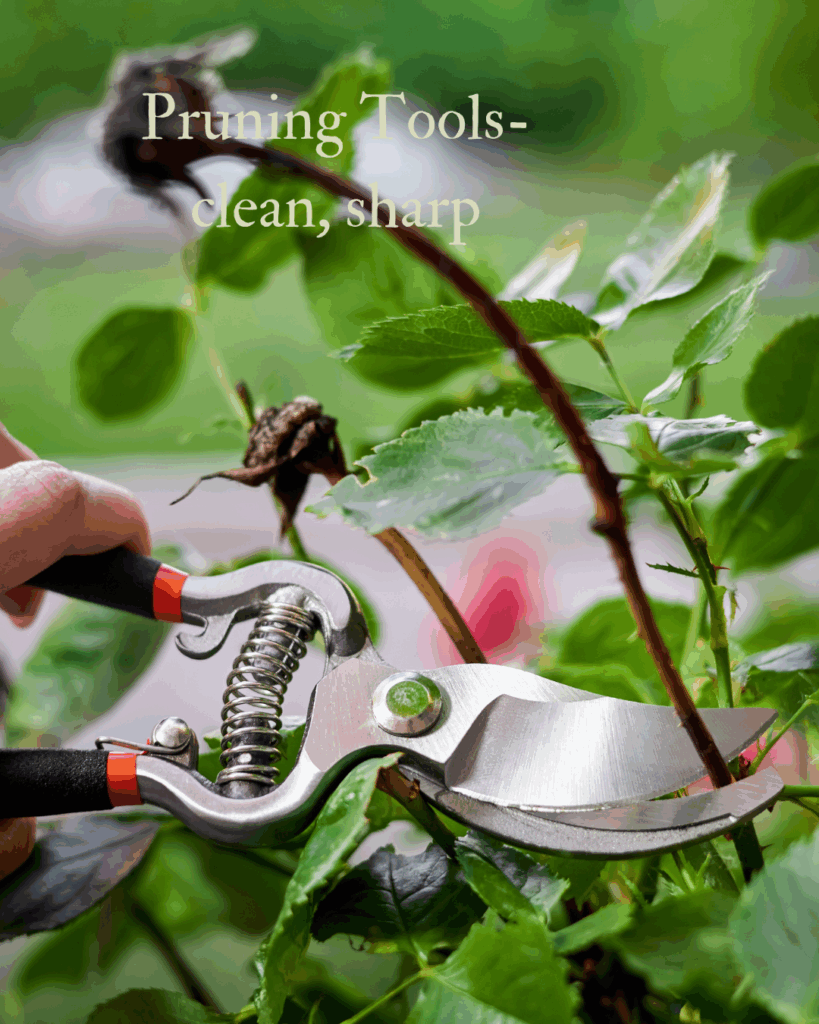
- Bypass Pruners for thick stems (avoid crushing plant tissue)
- Snips or Garden Scissors for fine work on small-flowered perennials
- Gloves to protect against irritants, especially with blanket flower and rose hips
- 70% Rubbing Alcohol or a commercial disinfectant to sanitize blades between plants, preventing disease spread
Tip: Wipe tools with alcohol after each species to reduce transmission of fungal spores.
2.2 Basic Step-by-Step Guide
- Inspect regularly: Deadhead as soon as blooms droop or fade, ideally every 3–7 days.
- Locate the next bud/node: Identify the first healthy leaf set or side shoot below the spent bloom.
- Make clean cuts:
- Pinch thin stems by hand.
- Use snips or pruners for thicker stalks.
- Cut at a 45° angle just above the bud/node for quick wound healing.
- Dispose of clippings: Compost or discard faded blooms; don’t let them linger in the bed.
- Check tools: Sanitize before moving to the next plant.
2.3 Specialized Deadheading Techniques
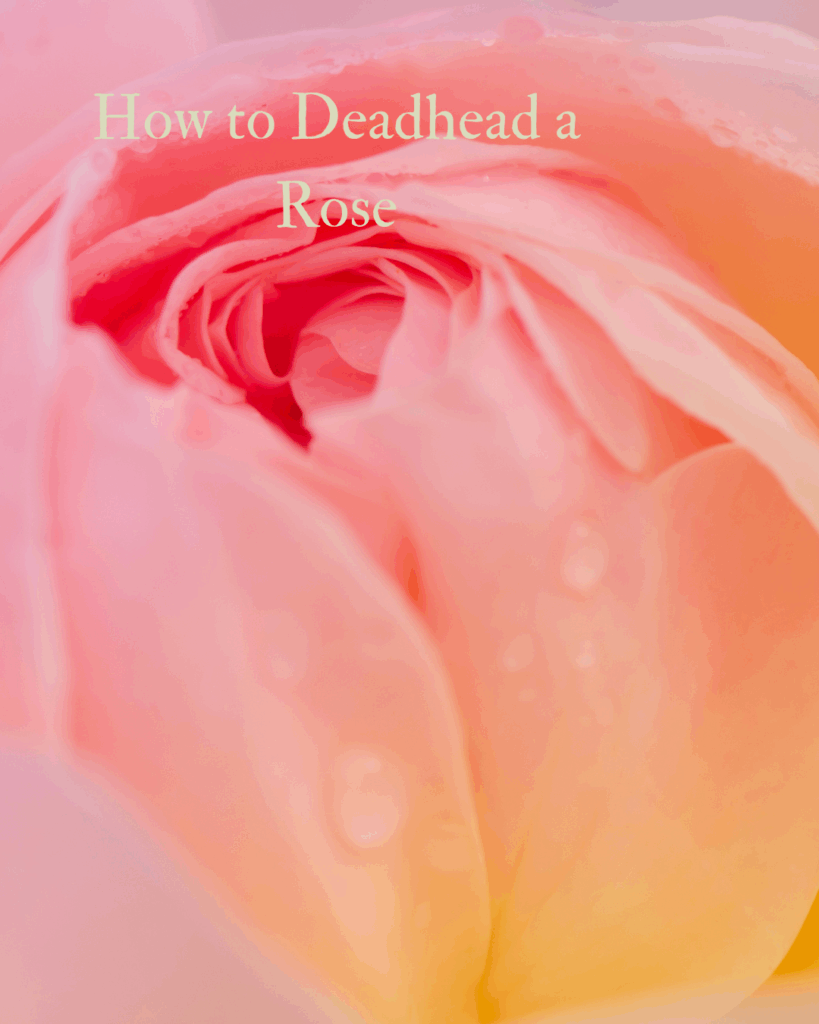
- Roses:
- Hybrid teas: cut above five-leaflet leaves on repeat blooms; above three-leaflet for new bushes.
- Shrub roses: pinch clusters to keep clusters blooming evenly.
- Hydrangeas:
- Remontant types: deadhead immediately after first flush by cutting to new buds or largest leaf pairs; skip after repeat cycle for winter interest. (Remontant hydrangeas are able to bloom on both old and new wood.)
- Delphiniums & Lupines:
- Delphinium: deadhead individual florets, then entire spike back to lateral bud for late flowers.
- Lupine: snip spent spikes above healthy leaves to restore fresh flowering spikes; leave second-cycle growth for reseeding.
2.4 Timing and Frequency
- Annuals: Deadhead weekly to maintain a sea of color; petunias and zinnias especially need routine pinching mid-season.
- Perennials:
- Coneflowers, salvia, Shasta daisies: deadhead as often as faded heads appear—often every 5–10 days in mid-summer heat.
- Yarrow, blanket flower: regularly to curb self-seeding and keep beds tidy.
- Shrubs:
- Roses: daily at peak bloom, weekly minimum.
- Hydrangeas: once after first flush; then leave spent blooms for habitat.
After heavy rain, spent heads can clog and weigh down stems—deadhead promptly to prevent rot and fungal disease.
3) Other Methods to Extend Blooming
While deadheading is pivotal, integrating additional practices can significantly extend the flowering season from spring into frost.
3.1 Fertilization Practices

- Balanced Slow-Release Fertilizer (10-10-10): Apply at planting and mid-season to fuel growth without overloading on nitrogen.
- Bloom Booster Formulas (5-10-10): Ideal for summer-flowering beds and annuals; use every 2–4 weeks to emphasize phosphorus and potassium for bud and bloom development.
- Organic Options:
- Compost tea or vermicompost provides gentle, ongoing nutrients.
- Banana peel and eggshell tea as homemade bloom fertilizer rich in phosphorus and calcium.
- High-Phosphorus Feeds for edibles: apply tomato-specific fertilizer to container-grown blooms to prevent blossom end rot and encourage fruit set.
3.2 Irrigation and Watering Methods
- Deep, Infrequent Watering: Encourage deep roots and drought resilience; water early morning to minimize evaporation and leaf diseases.
- Mulch Retention: 2–3″ organic mulch (straw, wood chips, compost) conserves moisture, moderates soil temperature, and suppresses weeds.
- Automated Systems with Sensors: Incorporate soil moisture sensors or smart controllers to avoid overwatering and wasted fertilizer—ideal for busy summer schedules.
- Container Care: Containers dry out rapidly; water thoroughly then apply diluted feed weekly to maintain blooms.
3.3 Pruning and Pinching Beyond Deadheading
- Tip Pinching: Before plants develop buds, pinch out growing tips on annuals (e.g., zinnias, salvia) to promote branching and more flower sites.
- Fall Division: Divide overcrowded perennials like daylilies and coreopsis every 2–3 years to rejuvenate flowering capacity in spring.
- Selective Pruning: In late spring, trim leggy stems by one-third on robust perennials (e.g., phlox, asters) to maintain form and encourage side shoots for extra blooms.
3.4 Soil Amendments & Mulching
- Seasonal Top-Dressing: Add 1–2″ compost to beds in spring and mid-summer to replenish organic matter and stimulate healthy root growth.
- pH and Nutrition Testing: Conduct soil tests every 2–3 years; amend with lime or sulfur for pH adjustment and correct nutrient imbalances to sustain summer blooms.
- Cover Crops: Sow summer cover crops (buckwheat, cowpeas) in empty beds; turn under before planting next season to enrich soil and support beneficial insects.
3.5 Companion Planting Strategies for Continuous Blooms
- Trap Crops & Natural Pest Control: Plant marigolds, nasturtiums, and basil near vegetables and ornamentals to repel pests and attract pollinators (bees, hoverflies).
- Mutual Support: Combine corn, beans, and squash (“Three Sisters”) in annual plots; squash leaves shade early beans, beans fix nitrogen for corn, and corn provides bean support.
- Beneficial Habitat: Include umbelliferous flowers (dill, fennel, Queen Anne’s lace) to attract parasitoids and predatory insects that reduce aphids and caterpillars on ornamentals.
3.6 Staggered Planting & Succession for Season-Long Color
- Staggered Sowing: Sow new seeds or transplant seedlings every 7–14 days (lettuce, radish, cosmos) to avoid a single, overwhelming harvest and ensure a rolling display of flowers and greens.
- Succession Planting: Use Johnny’s planting charts to plan 7- and 14-day intervals for marquee cut-flower crops (larkspur, snapdragons, sunflowers) to continuously fill vases through summer and early fall.
3.7 Florida Climate Considerations
- Heat & Humidity Adaptations: In humid zones like Florida, perform deadheading early in the day to reduce stress and fungal risks; mulch heavily to keep roots cool and conserve moisture.
- Rainy Season Monitoring: During Florida’s rainy summer, promptly deadhead after downpours to prevent blooms from sitting in water and rotting; maintain good air circulation in dense beds.
- Shade Management: Plant perennials under light shade or use shade cloth in hottest regions to prolong bloom life
Summary,
With consistent deadheading supplemented by targeted fertilization, watering, pruning, soil improvement, companion planting, and staggered sowing, you can enjoy extended bloom periods stretching from early summer to the first frost. These integrated approaches ensure that your garden remains healthy, vibrant, and prolific, even under the rigors of Florida’s warm and humid climate.
Happy Digging!
Jane
